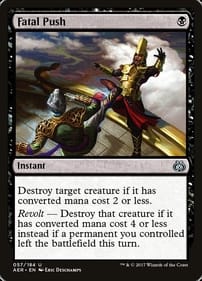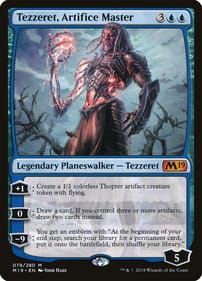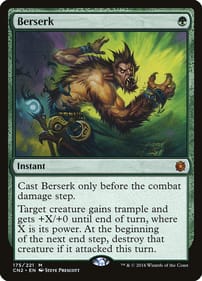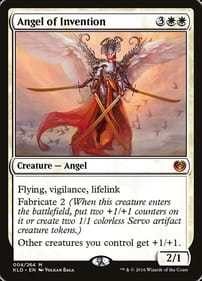Superspike V'Ball & World Cup NES

The NES version features several key differences from the arcade game. In the NES version the player can now select their teams. The available pairs in the single player mode are: George and Murphy, the default well-balanced team; Al and John, powerful, but slow players with poor defensive skills; Billy and Jimmy (the heroes of the Double Dragon series), defensive players with poor spiking power; and Ed and Michael, fast players with average hitting power. The NES game features a tournament mode against the CPU that can be played alone or with another player, and a competitive mode that allows up to four players.
There are several differences between the Japanese Famicom version (U.S. Championship V'Ball) and the western NES version (Super Spike V'Ball). The Famicom version features a single tournament mode which consists of five American Circuit matches (Daytona Beach, New York City, Chicago, Las Vegas and Los Angeles) three World Cup matches in Hawaii (of random nationalities) and two additional matches against the U.S. Navy and a Russian team in that order. The player can adjust the difficulty setting in the option menu in the Famicom version. Additionally, the characters of George and Ed had their partners switched in the Famicom version, with George being partnered with Michael as in the arcade version, while Ed is partnered with Murphy.
In the NES version, there are three different tournament modes: Exercise, the American Circuit and the World Cup. The Exercise Mode is just a match against the first team in a crowd-less court set to an easy difficulty. The American Circuit simply consists of the first five teams featured in the Famicom version's tournament mode set to an average difficulty. The World Cup mode consists of seven teams in the following order: Japan, Italy, Australia, Mexico, Brazil, the Navy and USSR, all set to a hard difficulty. The background for the Russian stage was also redrawn to make it look less hostile with the omission of the tanks in the Famicom version. There is no difficulty setting in the option menu since the three different tournament modes serve as difficulty settings themselves.
Female teams
One of the female teams in the NES version
Four additional female teams are present in the game but are inaccessible to the player under normal playing conditions. Using a cheating device the teams become selectable.[2] Even though they are fully playable in-game the images representing the female teams in the team selection screen are missing resulting in garbled graphics being displayed instead.
Soundtrack
An arranged soundtrack was released in Japan by Meldac based on the Famicom version of the game. The soundtrack was composed by Takashi Furukawa, Yoshimitsu Hamano and Funky Yasuda. It was released on March 10, 1990, with the catalog number MECG-28002.
V'Ball (Title Back) 4:01
First Wave (Daytona Theme) 4:21
Twilight Game (New York Theme) 3:37
Sea Breeze Hero (Chicago Theme)–Female Vocal Version 4:07
$1,000,000 Night (Las Vegas Theme) 4:20
SeaSide Walker (L.A. Theme) 4:12
Beyond the Sky (Hawaii World Cup Theme) 6:05
Iron Wing (Aircraft Carrier Theme) 4:11
Big Red Attack (U.S.S.R. Match Theme) 3:45
Winner's Theme (Championship Scene) 4:44
Nintendo World Cup
Thirteen national teams compete in a world cup to become number 1. (At the time of the game's release, the German team represented West Germany, with the East German team reunifying with West Germany later on in 1990.)
Argentina
Brazil
Cameroon
England
France
Germany (West Germany)
Italy
Japan
Mexico
Netherlands
Soviet Union
Spain
United States
Gameplay
Gameplay of Nintendo World Cup. The player-controlled U.S.A. team competes against Japan, led by Kunio.
At its core, the game follows the rules of football, but with noticeable differences. Each team has only six players (a goalkeeper, two defenders, a midfielder and two forwards). You control only one of them, but you can give commands (Pass/Shoot) to the others. Offsides are non-existent and fouls are not punished. Players can be knocked out by repeatedly sliding, tackling or shooting them, afterwards they will stay down for the rest of the half. Players can also use up to five "super shots" per half; these powerful, odd-looking shots are used whenever a player does a bicycle kick or a diving header,[1] or when he shoots after walking a certain number of steps.[2] The "super shots" differ from team to team. The playing fields also differ in respect to material, e.g. ice, which heavily impacts movement of players and the ball.
There are two game modes:[3]
Tournament mode, in which one or two players take control of one of the 13 available teams, in order to defeat their CPU-controlled opponents.
VS Match mode, which enables players to confront each other on sand, ice or dirt playing fields.[4] On the NES version, up to four players can compete using the NES Four Score[5] or the NES Satellite. For the Game Boy a link cable or Four Player Adapter would be used.
Graphically, the NES version game looks similar to the Famicom version and other games in the Kunio-kun series, particularly Downtown Nekketsu Story/River City Ransom, with its short-legged, big-headed characters with varied faces; in fact, some sprites, such as Kunio and the other members of the Japanese team, were reused from that game.

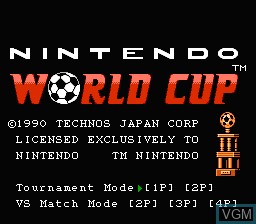
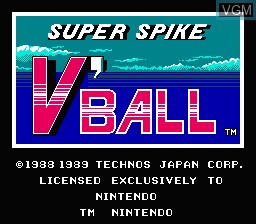
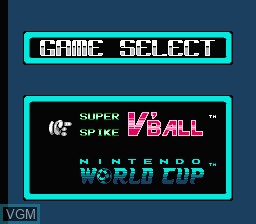

 '
' '
' '
' '
' '
'